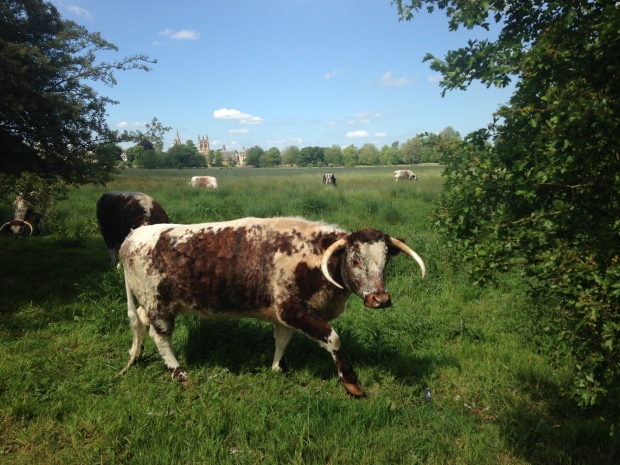
One thing you might know about me, if you know me at all, is that I am one of the many gluten-free, problematic eaters that are so commonly encountered today. Yes, thanks to a very unexpected (and seriously annoying) outbreak of Dermagraphism, I haven’t had a wheat bagel, barley soup or god-sent gluteny Cinnabon in over four years. Although it goes without saying that this change in lifestyle was a huge adjustment for me, I have grown and adapted in my specialized diet of oat and rice products. To be honest, I don’t even notice anymore (except at those awkward meals when someone forgets your inconvenient restrictions and you have to so kindly deny the odd casserole or cake).
That being said, if someone told me tomorrow that I had to cut out even more of my diet, say meat and cheese, I would just about fall over! So, you can imagine my dismay when my boyfriend, and cross-country road trip partner, told me he was going.. vegan! Although I was overly aware of the heroic motives behind his decision, I couldn’t help but resist with all of my might. Without wheat, dairy and meat how would we ever cook together? How would we survive?! What would my family think? Being a Southern girl, raised in a family that devours delicious grilled steaks and swoons for the perfect peel-and-eat shrimp, surely they could never understand the decision to choose a plant based diet. But the truth is, the word “vegan” is simply a loaded label. People hear vegan and they automatically think animal rights obsessed, pot-smoking, wheatgrass drinking weirdo. Or maybe some will see it as I did, just another restriction.
According to who, or what, you reference, today’s diet recommendations vary from no soy to no dairy to low carb, only raw food and of course no GMO. In fact, if we were to take all of the suggestions out there, we would be left with nothing to eat at all! But how many of us actually know why these suggestions are in place?
These were the questions that the “vegan choice” led me to, and although it can seem endlessly confusing, I ended up with one very important conclusion: what is most important in a diet are 1) what your body needs (and why) and 2) what is most sustainable for the planet.
For example-
Did you know that, according to a recently published article in The Guardian, “producing 1kg of beef requires 15,000 litres of water, 30kg of carbon dioxide or equivalent greenhouse gas emissions, and 5m2 of land.” Whereas “potatoes, where producing 1kg requires just 290 litres of water, 0.5kg of carbon dioxide emissions and 0.6m2 of land.”
Even more shocking, agriculture is thought to account for 30% of global greenhouse gas emissions and livestock lands alone cover 30% of the worlds land surface.
(Read more shocking statistics here)

The makings of a gluten free vegan lemon cheesecake! See recipe HERE
Now- I know what you are thinking, that this is going to turn into a rant about how every one of you should go vegan right now to save the world! But, as I mentioned before, even I cannot dedicate myself to such a high order. Instead, it is going to turn into a rant about how every time you go grocery shopping, cook dinner, or make a batch of cookies, you should consider what you are eating, why you are eating it (does your body actually need it?) and perhaps most importantly, where it came from.
That being said, I could write for hours on the good guidelines of eating a balanced and healthy diet. However, what I really want to focus on is the awareness that goes along with the diet. I am sure we all wish we could grow our own food in our own gorgeous backyard with healthy compost and organically comprised mixed soils. But sadly that isn’t realistic for most of our lives today. So instead, try following these simple guidelines:
- Learn about your body/diet and what is actually in foods that we need
- A great resource for this is the recently released National Geographic Super-foods Edition
- This awareness will help you cut out unnecessary added sugars and processed foods (which require more resources)
- This will also encourage you to eat more fruits, vegetables and whole grains
- Buy organic, seasonal, and most importantly local, whenever possible
- Farmers markets are perfect for this, or even your own garden
- By buying organic you help reduce pollution in our water ways and therefore are contributing to a healthier ocean (and maintain a healthier body)
- If you are worried about cost, the best produce to buy organic is anything with thin skin (strawberries, blueberries, etc.)
- Always bring your own reusable bags and skip the plastic produce bags!
- Cut out meat at least one day a week – this has been called the “Reducetarian diet”
- Try substituting tofu, tempeh or beans
- Minimalist Baker is the most amazing blog with unbelievable recipes- you can search their site for ideas and can even sign up for a weekly recipe bonus!
- If you must buy seafood know what you are eating with a Seafood Watch Guide and be sure to pay attention to WHERE it comes from
- or (even better) just avoid it all together! For a little inspiration watch these END OF THE LINE clips
- Don’t buy more than you can eat
- This is not only a benefit to you but it is a way to greatly minimize waste and therefore precious energy and resources
- When eating out, choose places that source local and sustainable products
- Not only is your money going toward delicious and more responsible products but these restaurants often have a much more personal feel
- Start conversations about conservation with your friends and family! Some people are guilty of bad diet choices simply because they don’t know better. Don’t let yourself be one of them.

sourced from eating-better.org
If you want to learn more about a sustainable diet be sure to check out these extra resources. Also be sure to leave a comment and let us know how you work toward a more sustainable diet!
Recommended sites:
Racing Extinction
How to eat better to live better
What is a sustainable diet?
Start with ONE thing (or all of them!)
To learn more about being a Reducetarian
Weekly TED Ed talk
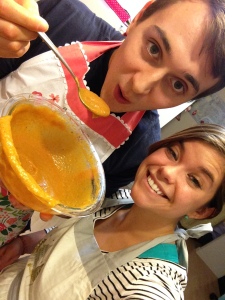
Thanks so much for reading! XXX

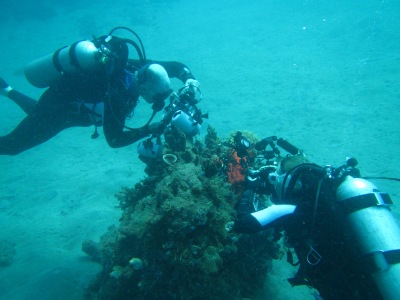
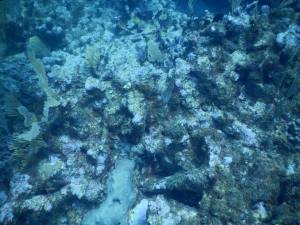
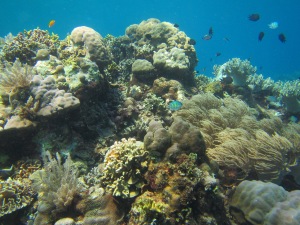
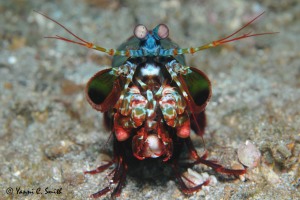

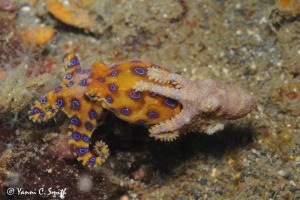
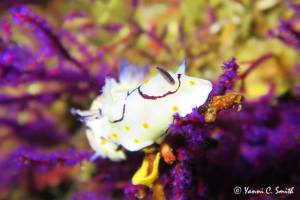
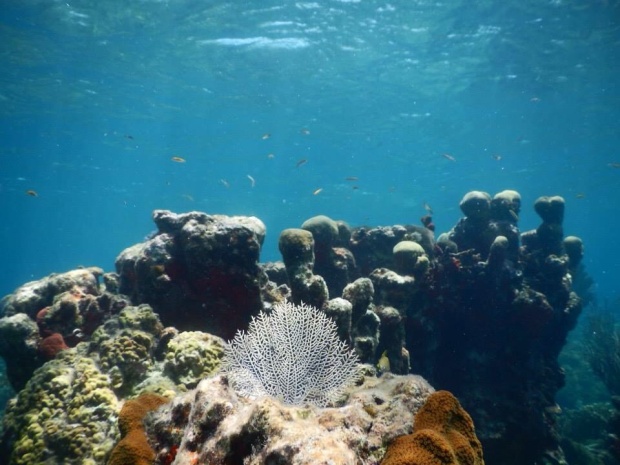 We are so often told that the start of a new year is the perfect time to make a change, be who you want to be, leave your bad habits behind. Yet, how many of us actually carry these self-set goals to the finish line? Most of us will last a month, maybe two, or even three before we slowly slide back into our usual comfortable ways of cutting corners. That is why I want to challenge you (and me) this year not to set a new year’s resolution- but to simply make a choice to live every day like it is the first day of the year.
We are so often told that the start of a new year is the perfect time to make a change, be who you want to be, leave your bad habits behind. Yet, how many of us actually carry these self-set goals to the finish line? Most of us will last a month, maybe two, or even three before we slowly slide back into our usual comfortable ways of cutting corners. That is why I want to challenge you (and me) this year not to set a new year’s resolution- but to simply make a choice to live every day like it is the first day of the year.